Gluten-free baking has become increasingly popular as more people discover gluten sensitivities or choose to follow a gluten-free diet for health reasons. One essential ingredient in gluten-free baking and in making minimal ingredient recipes is self-rising flour. Self rising flour provides leavening agents to help baked goods rise. In this article, we'll explore how to make gluten-free self-rising flour at home with just 3 simple ingredients!
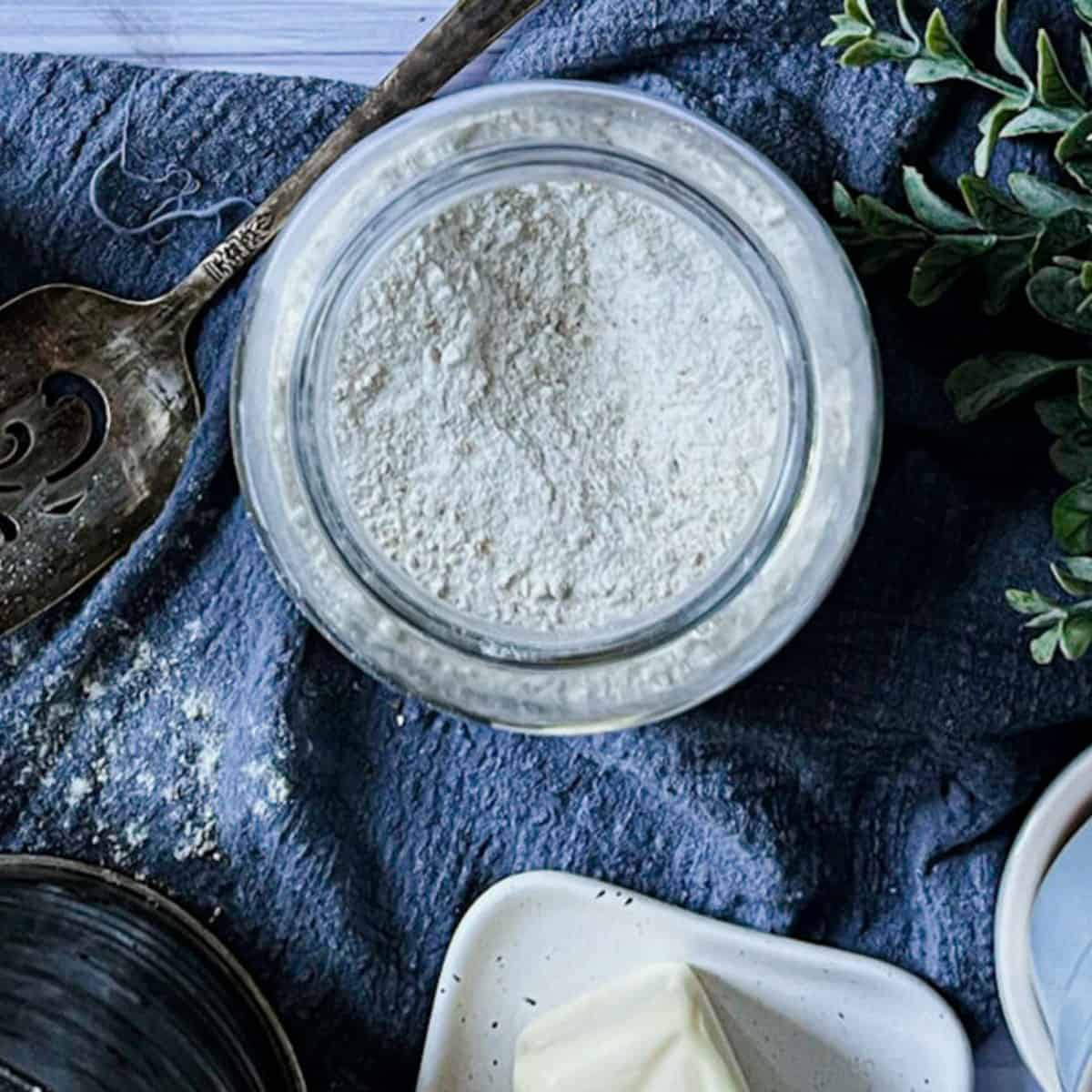
Jump to:
What is Gluten Free Self Rising Flour?
Self rising flour includes a leavening agent. It should never be used in a recipe unless a recipe calls specifically for it because it contains baking powder and salt in addition to the flour in the recipe. Once you make it you can use it in lot's of minimal ingredient recipes like garlic bread loaf, scones, pancakes and quick breads.
Recipes that may include self rising flour are:
- Cake
- Bread
- Biscuit
- Doughs like pizza, etc.
Ingredients
You just need three ingredients to make your own flour. You will need:
- gluten free flour blend (make sure it has xanthum gum in the blend!)
- baking powder
- salt
Instructions
Mix all your ingredients together and place in an airtight container.
Got your flour ready? Now try these amazing recipes!
Storing
Your flour can now be stored for up to one month in your airtight container. Store in a cool dark place or you can freeze it in the freezer for up to three months!
Tips
- Measure Accurately: For consistent results, use measuring cups and spoons to accurately measure the ingredients. Level off the top of the measuring cup with a flat edge to ensure precise measurements.
- Follow Recipes: When using gluten-free self-rising flour in recipes, follow the instructions closely and avoid making substitutions unless necessary. Gluten-free baking can be more delicate than traditional baking, so sticking to the recipe will help ensure success.
- Experiment: Feel free to experiment with different gluten-free all-purpose flour blends to find the one that works best for your taste preferences and dietary needs. Some blends may contain additional ingredients like xanthan gum or guar gum to improve texture and consistency.
- Adjust Liquid: Gluten-free flours may absorb more or less liquid than traditional wheat flour, so be prepared to adjust the amount of liquid in your recipes as needed. If the batter or dough seems too thick, add a little extra liquid until it reaches the desired consistency.
- Check for Doneness: Gluten-free baked goods may require slightly longer or shorter baking times than their wheat-based counterparts. Keep a close eye on your baked goods and use visual cues like golden brown color and firm texture to determine when they're done.
FAQ
Yes, you can substitute gluten-free self-rising flour for regular self-rising flour in most recipes. However, keep in mind that gluten-free baked goods may have a slightly different texture and flavor than those made with wheat flour. Since I eat gluten free and my family doesn't, I've been able to substitute many recipe for me with gluten free flour.
Gluten-free self-rising flour is not suitable for yeast bread recipes, as yeast requires gluten to develop the structure and texture of traditional bread. Instead, use a gluten-free all-purpose flour blend and add yeast separately according to the recipe instructions.
Many grocery stores now carry a variety of gluten-free flours, including gluten-free all-purpose flour blends. You can also find them at specialty health food stores or online retailers.
Yes, you can make a larger batch of gluten-free self-rising flour and store it in an airtight container or resealable bag for future use. Just be sure to label the container with the contents and date to keep track of freshness.
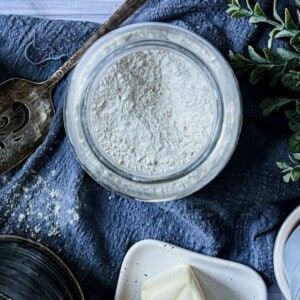
How to Make Gluten Free Self Rising Flour
Equipment
- mason jar
Ingredients
- 3 cups gluten free flour blend
- 1 tablespoon baking powder
- ½ teaspoon salt
Instructions
- Measure Ingredients: In a large mixing bowl, combine 1 cup of gluten-free all-purpose flour, 1 ½ teaspoons of gluten-free baking powder, and ¼ teaspoon of salt.
- Whisk Together: Use a whisk to thoroughly blend the ingredients together until evenly distributed. Ensure there are no clumps and the baking powder and salt are evenly incorporated into the flour.
- Store: Transfer the gluten-free self-rising flour to an airtight container or resealable bag. Label the container with the contents and date for easy identification.


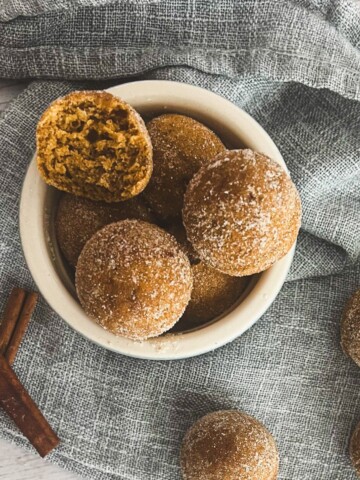
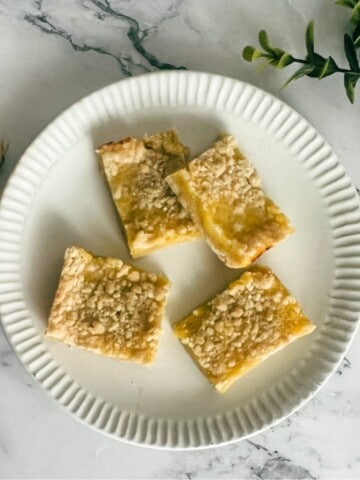
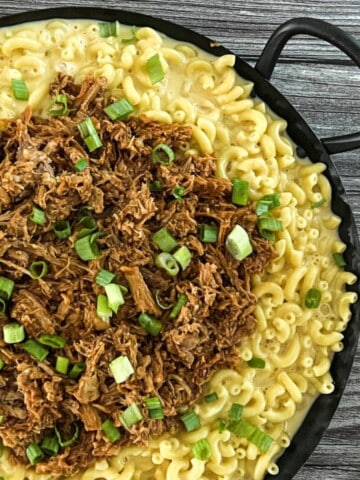

Leave a Reply